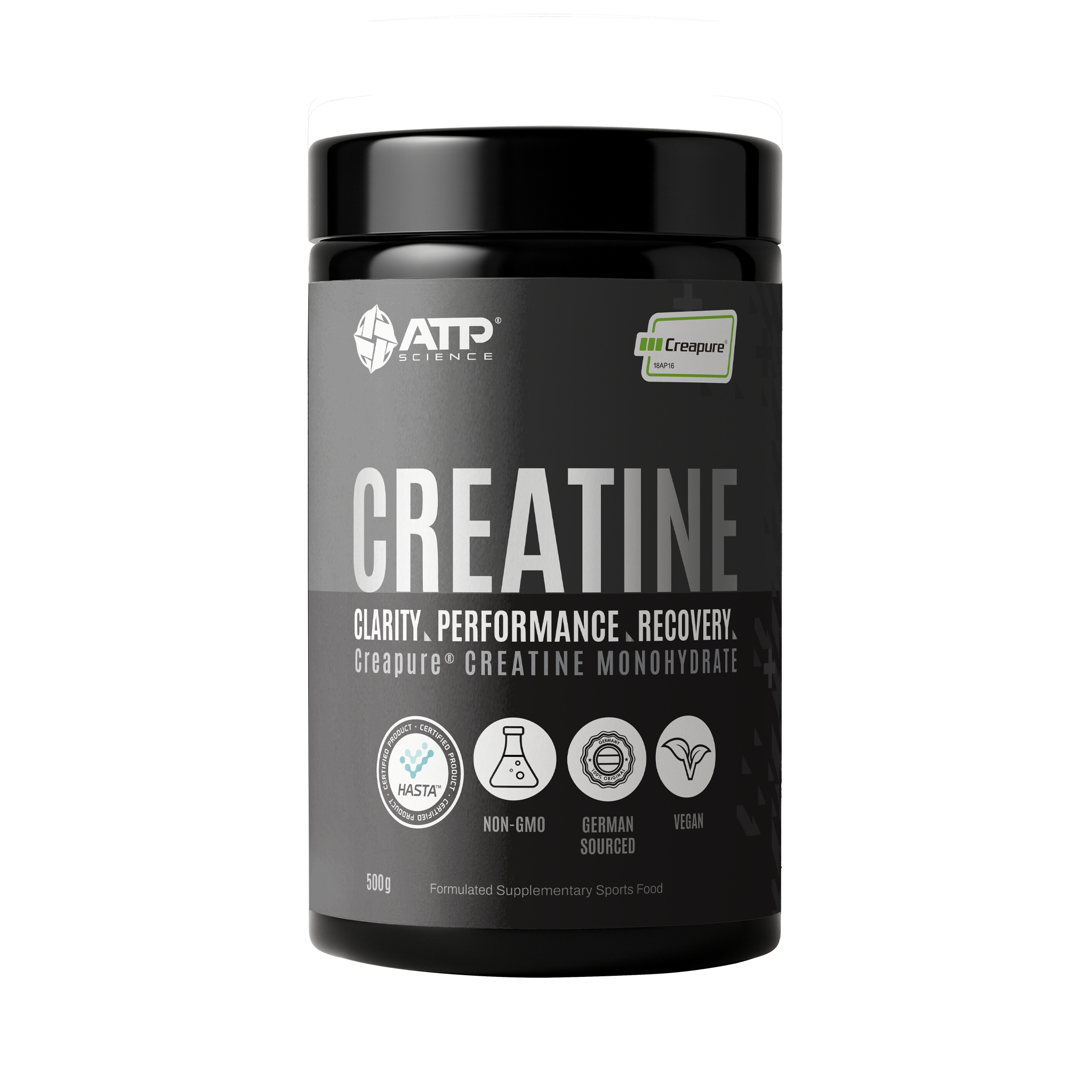Should we stretch before or after exercise?
Stretch - The evidence is in regarding exercising for your general health. As far back as the 5th century BC, the ‘father of medicine’, Hippocrates stated: “All parts of the body, if used in moderation and exercised in labors to which each is accustomed, become thereby healthy and well developed and age slowly; but if they are unused and left idle, they become liable to disease, defective in growth and age quickly." This is an amazing insight 16 centuries ago, which holds today.
However, by the 21st century, the modern attitudes towards exercise for health have jaded so considerably that the lack of intense physical exercise now presents a major public health problem. It is now well known that the lack of exercise was classified as an actual cause of chronic diseases and death. However, questions still remain regarding the types of exercises that most benefit us, whether resistance or cardiovascular exercise is best, or even if we should stretch either before or after exercise or even if stretching is beneficial at all. We will examine the literature to discern whether we should stretch either before or after exercise and even if stretching is beneficial at all.
Stretching before exercise
In 1983, a study was conducted on a group of elite soccer teams selected for an intervention of warming up and stretching before exercise; also using leg guards and special shoes; while taping ankles; and undergoing controlled rehabilitation, education, and close supervision. The soccer players had 75% fewer injuries than the group that taped, whore special shoes, while also stretching. Another similar randomized controlled study also supported these findings, which suggested stretching could help prevent injuries. Interesting, in both studies, at least warming up was also part of the intervention. So, which was it? The answer is obviously it is impossible to tell. But some may have assumed that stretching may have played a role in the prevention of injuries, which may have misled the science.
Stretching before exercise to prevent injury
New studies have since confirmed that stretching before exercise has no benefit in preventing injury. In 1993, in a clinical study two groups of runners were randomly split into an intervention, and a control group of 167 control and 159 active/stretched subjects participated in the study. During this 16-week intervention, both groups kept an accurate daily log of their running distance and time, and they reported all injuries. In addition to this, the stretching group was asked to note if they complied with the standardized stretching program. At the end of the study period, there were 23 injuries in the control group and 26 in the intervention group, which was almost identical. The injury incidence for control and stretched subjects was 4.9 and 5.5 running injuries per 1000 hours. The study found that stretching intervention was not effective in reducing the number of running injuries.
Stretching before or after exercise to prevent Delayed Onset Muscle Soreness (DOMS)
I personally worked out this morning in the gym, and I know tomorrow, I will have pains in my butt! The DOMS is a classic sensation of pain, stiffness, and muscle soreness, commonly experienced after strenuous exercises, particularly eccentric contractions. Typical symptoms of ‘the DOMS’ are muscular/facia pain and tenderness. Other symptoms may include muscle swelling and of course, muscle soreness. This causes functional impairments, including a decline in the range of motion (ROM) and decreased muscle strength and power, and of course, the reluctance to hit the gym for days. Delayed-onset muscle soreness reaches its peak of intensity of symptoms at 1 to 3 days after the cessation of exercise, which unfortunately sometimes requiring up to a week to recover. As a result, DOMS can drastically affect individuals' ability and will to perform daily activities or sports. So, what if stretching could prevent this? The bad news is that studies have consistently shown that either dynamic or static stretching is ineffective in reducing DOMS, and it doesn't depend on whether you stretch before or after exercise.
So, is it a waste of time?
No, it isn’t. Stretching is beneficial in other ways. Increasing the range of motion will help to prevent injuries. In one study, Joint angle, shear wave speed (a method for measuring muscle stiffness), medial gastrocnemius muscle fascicle strain, and thickness were assessed in individuals before and after an acute dynamic stretching protocol to examine the effect of this form of stretching on increasing flexibility. The results showed that post dynamic stretching intervention, shear wave speed traveled faster in the medial gastrocnemius muscle at the neutral ankle position. Therefore, dynamic stretching has increased medial gastrocnemius muscle tissue stiffness.
This research was associated with a beneficial increased dorsiflexion angle, decreased muscle fascicle strain at the most dorsiflexed position, and increased thickness. Moreover, shear wave speed increased as ankle angle and fascicle strain increased, which agreed with previous research that shear wave speed for the medial gastrocnemius muscle was dependent on ankle angle and fascicle strain.
The take-home message
Stretching is an important part of good health. It also feels good and may help to reduce stiffness in the form of your execution of the exercise. I am still going to stretch post-exercise not to reduce the DOMS but to keep my general flexibility up for general health.
REFERENCES
Cold Spring Harb Perspect Med. 2018 Jul 2;8(7):a029694. doi: 10.1101/cshperspect.a029694. Health Benefits of Exercise. Gregory N Ruegsegger 1, Frank W Booth.
Actual causes of death in the United States, 2000. Mokdad AH, Marks JS, Stroup DF, Gerberding JL. JAMA. 2004 Mar 10; 291(10):1238-45.
Incidence of soccer injuries and their relation to training and team success. Ekstrand J, Gillquist J, Möller M, Oberg B, Liljedahl SO. Am J Sports Med. 1983 Mar-Apr; 11(2):63-7.
High-school football injuries: effects of a post-halftime warm-up and stretching routine. Bixler B, Jones RL
Fam Pract Res J. 1992 Jun; 12(2):131-9.
Prevention of running injuries by warm-up, cool-down, and stretching exercises. van Mechelen W, Hlobil H, Kemper HC, Voorn WJ, de Jongh HR. Am J Sports Med. 1993 Sep-Oct; 21(5):711-9.
Xie, Y., Feng, B., Chen, K., Andersen, L. L., Page, P., & Wang, Y. (2018). The Efficacy of Dynamic Contract-Relax Stretching on Delayed-Onset Muscle Soreness Among Healthy Individuals. Clinical Journal of Sport Medicine, 28(1), 28–36.
Pamboris, G. M., Noorkoiv, M., Baltzopoulos, V., Gokalp, H., Marzilger, R., & Mohagheghi, A. A. (2018). Effects of an acute bout of dynamic stretching on biomechanical properties of the gastrocnemius muscle determined by shear wave elastography. PLOS ONE, 13(5), e0196724.

















